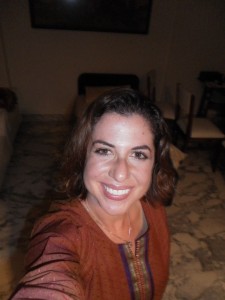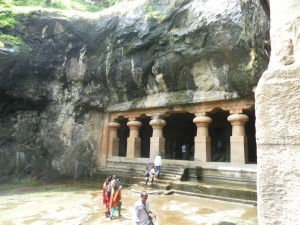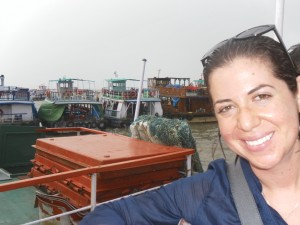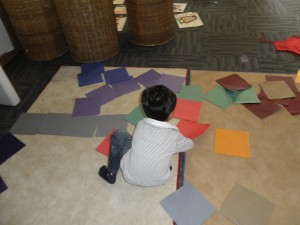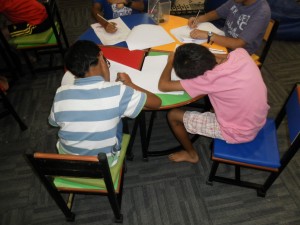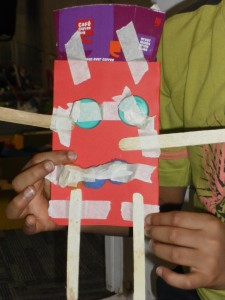 Tuesday was a whirlwind of activity, a feat of quick turn-around, multitasking, thinking on the fly… winning.
Tuesday was a whirlwind of activity, a feat of quick turn-around, multitasking, thinking on the fly… winning.
I supervised a pre-test assessment for children, investigating: 1) whether they blueprinted prior to building a toy, and 2) what they built. For the older children, I kicked it up a notch, adding in a qualitative component on the fly, locking my method, and even developing a standard script to introduce the activity. I felt like a PhD. As the younger kids worked, I finished commenting on last week’s students’ journals. During lunch, I came home and worked on a blog post or two. As the older kids worked, I wrote the daily newsletter for the younger group and sent individual emails to each family. After a maximum of seven minutes, I popped up and administered my exit interview.
Some of the children commented:
-“I liked this activity because it was challenging for me and because it was for seven minutes work.”
-“I loved it. Because it’s fun to have a challenge like make things in seven minutes.”
-“Like. I liked how I made the material even though I had only seven minutes I had to quickly make whatever came into my mind first.”
-“This activity was fun because you had a time limit and you could show your creativity as well as you could, you could use your brains as well as you could, and it was fun as you had a limited amount of material and you had to use what was given you couldn’t use more or less. And you were not given proper material, you were given material that was tough so our imaginary was expanded.”
The time pressure was exhilarating for me too. I finished with the last child with two minutes to spare. I was proud.
After work, we grabbed a case of bottled water on our dash home, then quickly hopped in the shower, changed into our most culturally appropriate finery, and makeupped within 20 minutes. Our evening activity was a pre-wedding celebration for Vasundhara’s first cousin, where I chatted with Vasundhara’s brother (a NU-Kellogg graduate), her grandmother (who, during her youth, had co-managed a matchstick factory with her mother), her mother (an elegant woman who passed off her lush violet sari as “plain”), and her friend (a USC graduate). Small, fascinating world. I also sampled all of the Indian foods and desserts (which says quite a lot at a spread of that magnitude!). The most captivating element of the evening was the initial choreographed dancing performed by friends and family of the bridal couple. Each woman’s outfit was different, although they were uniformly bright-colored and gorgeous. None of them wore Western fashions, while men were basically 50-50 split between native dress and button-down shirts and pants. The music, I learned, was more contemporary than back in the parents’ day; but to my Evanston-born eyes, the steps and gestures seemed steeped in long-established tradition.
Back at home that night, I thought about how all of it was possible. How could we have been so lucky as to attend an Indian wedding (lite) during our brief time here? It was a dream come true. How could I have thrown together a study, which all of the children seemed to enjoy, and finished it by the end of the day WHILE completing so many other agenda items? Is it true what they say about work expanding to fit the time allotted — if you have a lot of time, it takes a lot of time, and if you have a small amount of time, you get it done within those narrow parameters?
I visualized rising to the occasion — maybe you just need a challenge in order to discover your own strength. I mulled special occasions and their celebratory imperative, regardless of whether they fall on a Tuesday (personal note: my parents got married on a Tuesday). In French, the word occasion means opportunity… (personal note: In French, d’occasion means second-hand, so let’s not let ourselves get too far gone with the linguistic revelations.)
I came home and smiled for the camera my own damn self. If the day had taught me anything, it was that you have to make the most of your resources when the getting is good. It all may turn out beautifully.


